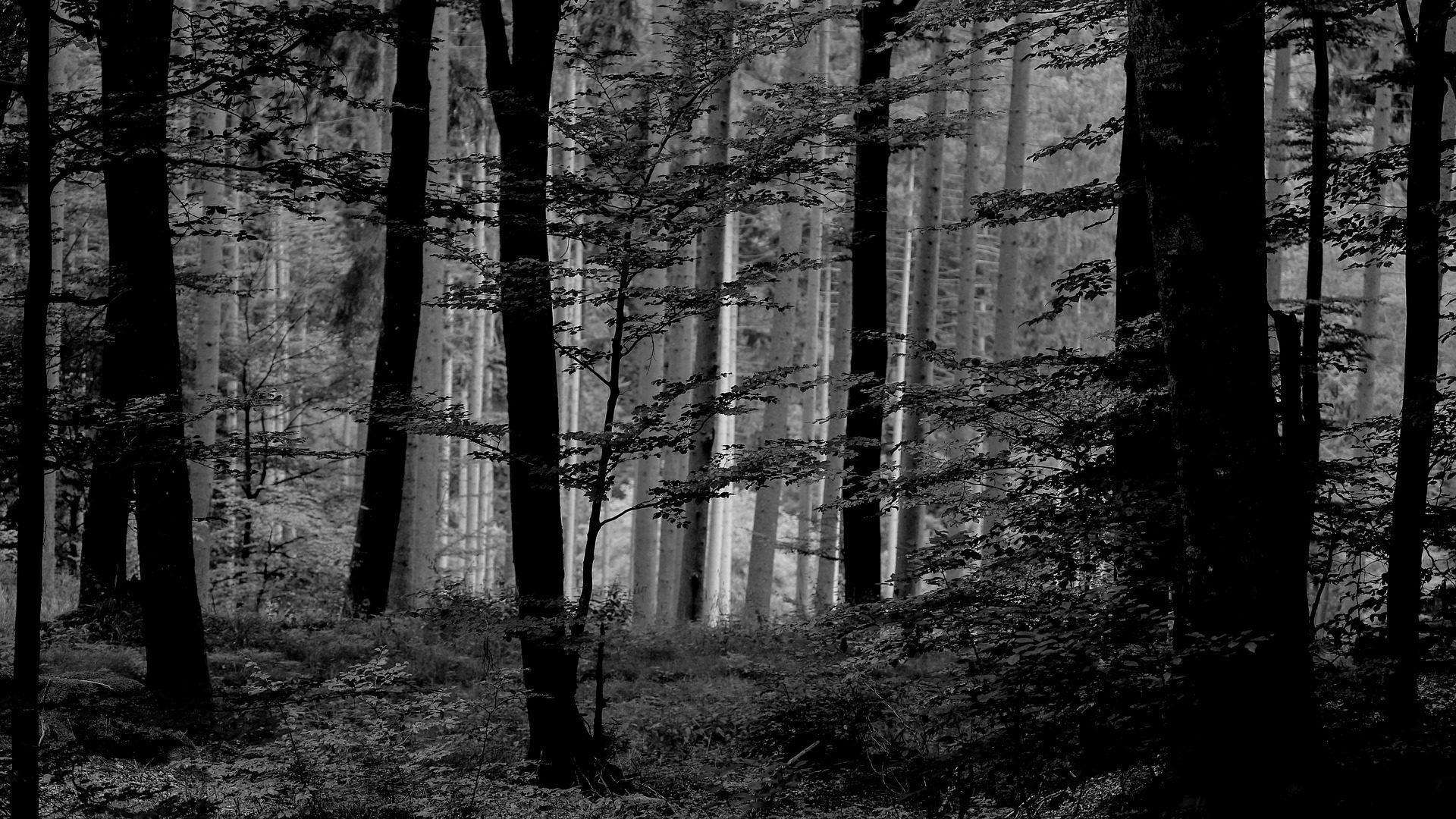Projection Mapping: Class 6
Map on Art Midterm Project
Bones of the King
Artist: Jean-Michel Basquiat
Project by TQ Vuu and Stephanie Yip
For the midterm project, my partner, Stephanie, and I decided to pick Jean-Michel Basquiat as our artist to focus on. Neither of us had any particular artist we wanted to base our project on, but I remembered often seeing Jean-Michel Basquiat’s art on Uniqlo t-shirts and clothes, which I found quite interesting and captivating.
Jean-Michel Basquiat was a New York City artist who started out with street art graffiti and transitioned into painting in the late 1970s to 1980s. His art style is very expressive and raw, and he often uses recurring symbols to represent themes in his work and to express his feelings about society. His graffiti tag “SAMO”, short for “same old”, was created by both him and his friend Al Diaz; this tag was to emphasize the idea of rejecting traditional values and norms of society and the art world. Basquiat’s work most often consists of vibrant colors, bold lines, text and imagery; he discusses the issues of race, inequality, power dynamics, and more through his paintings.
Our concept for this project was to adequately display and add onto Basquiat’s abstract graffiti art style and honor him as an influential artist through projection mapping, and using both 3D and 2D elements. For the 3D aspect of the project, we decided to use a poster board as the base of the projection, to recreate the rectangular canvas he often used for paintings. Objects-wise, we looked into the recurring symbols seen in his art, which include the crowns, anatomy elements like skeletons (bones, skulls), and the iconic dinosaur. We made origami crowns in various sizes, bought a disassembled skeleton for the bones and skull, a wooden dinosaur that we painted white, and picture frames. Our final product was almost exactly similar to the blueprint we made in our midterm project proposal. Our vision for the picture frames was to have one of them show images and self-portraits of Jean-Michel Basquiat, and the other frame was to show images of New York City in the 1980s.
We started off by playing around with the placement of the 3D objects onto the board, and then gluing everything onto it using hot-glue. After the 3D elements were secured, we hung the poster in a classroom and started mapping. Because we started working on the project before the ballrooms were available, we had to use an empty area to work with temporarily, which also meant we had to remap everything later on. For the projector, we used the mini Optoma and a tripod to secure it. We wanted to have different animations transitioning into each other, so my partner and I looked into the scenes aspect of MadMapper. Our first-day progress was just to have one completed and coherent projection of every 3D item on the board.
Regarding the content of the projection, we referenced Basquiat’s art for each different completed scene. We made a total of 4 different completed projections, with each one themed on a specific painting he made. Because the 3-pointed crown element is an iconic part of his work, we found 4 different images and mapped it accordingly on each different projection. The skull was done in the same manner as we projected his actual artwork of faces. The T-rex dinosaur is the only element that does not change throughout the scenes as we used one of Basquiat’s most iconic paintings, “Pez Dispenser” (1984), which is a dinosaur wearing a crown. For the visuals in the frames, we made the first slideshow video using an image collection of Basquiat and his self-portraits, and the second with an image collection of NYC in the 1980s. The visuals inside the frames continue to play and loop throughout the scenes. For the background and bones, we used different pre-made animated visuals inside the MadMapper library, and experimented with its speed, scale, color, etc. They are also themed based on the artwork we focused on for each completed scene. The second, third, and fourth completed scenes also have graffiti within it that were made with MadMapper’s text component; each graffiti animation contains a new word and has different effects. We have a total of 21 scenes as we cut them up in between editing the projections, which allows the transition effects to look more interesting and blended. For example, we made the background and picture frames one scene, followed by the crowns, and then the skull and bones. Audio-wise, we decided to use sound from a youtube video that recorded the daily atmosphere and sounds of NYC. We felt that this audio was most fitting as Basquiat grew up and lived as an artist there.
The most difficult aspects of this project was mainly the set-up of the projector itself and also the re-mapping/masking of elements in MadMapper. When we first started working, we used a tripod and mini projector, but after moving our work into the ballroom, we thought of hanging the projector to eliminate the shadow of the 3D objects. However, we had some difficulties with proportioning so we decided to stick with the tripod, but made it a much higher height to help minimize the shadows. We also had to re-angle and orient the projector so it could fit into the poster board. Essentially, the projector and tripod are very sensitive so it took quite some trial and error of both the position of the tripod and the poster board to get it right. Because we had to set-up our project again, we also had to remap all the progress we had. It was a little difficult because our skeleton had many ridges.
Some documentation photos & videos:
Link to recording of entire projection (lights are on in this video)
Entire Projection Video with Audio will be uploaded after the midterm presentation.













